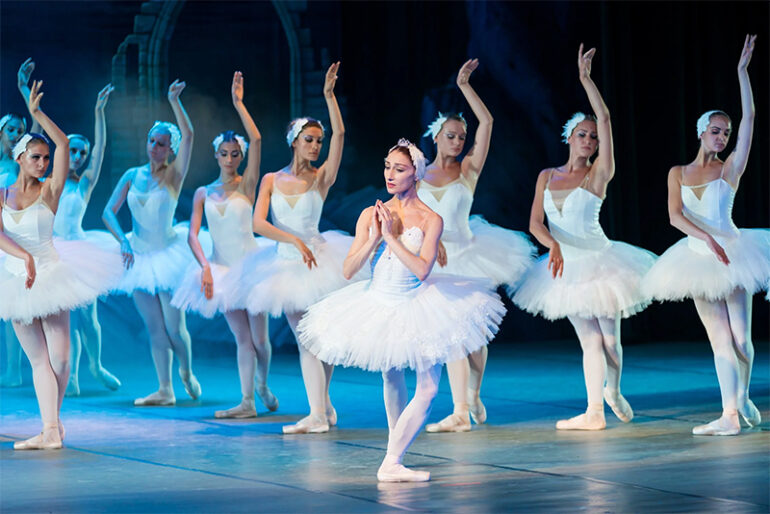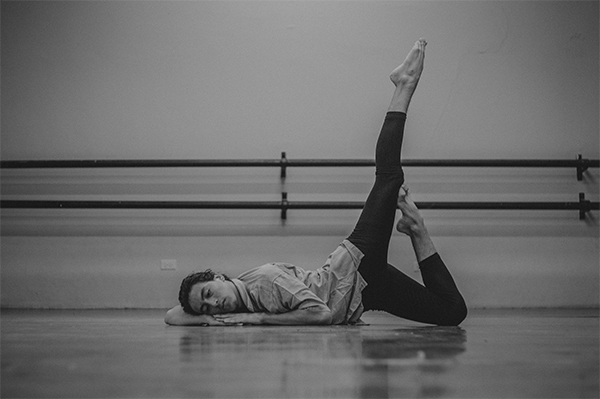Dancing is one of those things that most people are inclined to do, even at a very early age. You can find babies moving their bodies in what can be viewed as dancing when they hear music playing. Ballet is a form of art that cultivates that inherent instinct, getting potential dancers ready to execute highly technical movements with grace and finesse. Mastering the dance requires long hours of practice and discipline. Many ballet dancers start at a very young age and learn the value of hard work and patience to hone their skills in this challenging dance form.
Ballet origin
Ballet is known worldwide as one of the most expressive dance forms loved by both the young and old. It was known to date back to the 15th century, and the term” ballet” is derived from “ballare,” an Italian word for dance. Subsequently, the dance underwent more artistic enhancements, and in the 17th century, it was adopted by France as concert dance. Finally, the 18th century brought ballet to Russia and earned great respect in the country. In the beginning, the ballet was usually performed on stages where spectators would sit on raised podiums that allowed them a clear view of the performance. Classical music played in the background, filling the theater with beautiful melodies to accompany the dancers’ movements dressed in various layers of costumes. They wore masks, headdresses, and small-heeled dancing shoes. While the outfits may have been attractive, it was also more challenging to dancers who had to move gracefully beneath the heavy costumes they wore.
Standard ballet styles
Certain ballet styles have emerged throughout the history of ballet that includes the classical, neoclassical, romantic, and contemporary ballet styles. Each type has distinctive characteristics that are appealing to dancers and ballet enthusiasts alike.
- Classical ballet: The focus is primarily on training techniques that enable ballet dancers to execute exceedingly technical movements. Classical ballet is quite challenging, requiring an individual to have a unique sense of balance, flexibility, and resilience.
- Neoclassical ballet: This ballet style typically utilizes similar techniques and training routines as the classical style of ballet. However, it is different in the approach it takes to relating a story, making use of more demanding moves to convey specific emotions. It also appears tougher to learn than the classical style as the focal point of its techniques is litheness and agility rather than the refined movements of classical ballet, pushing the dancer to display their abilities in other areas of ballet.
- Romantic ballet: The romantic ballet style began in the 19th century where most of the artists fixated on communicating profound emotions. Ballet, as well, was caught up in this direction. Stories revolved around spirit women who lured men, captured their hearts, and made them fall passionately in love.
- Contemporary ballet: A few traditionalists may not consider the contemporary style as ballet since many of the moves of the dance are derived from different styles, such as jazz. Still, contemporary ballet is rooted in the conventional techniques of ballet, fused with other dance styles and blending beautifully as a whole.
Ballet offers dancers an excellent foundation that can help them succeed in different dance styles. Starting young is ideal as skills are developed at an early age, those that prove beneficial when deciding on a specific dance form to master, no matter what it is.
Photo Attribution:
1st and featured image from https://www.pexels.com/photo/active-adult-artist-ballerina-358010/
2nd image from https://www.pexels.com/photo/monochrome-photo-of-ballet-dancer-3467381/

